Cowl Panel Replacement: Boost Customer Satisfaction Now
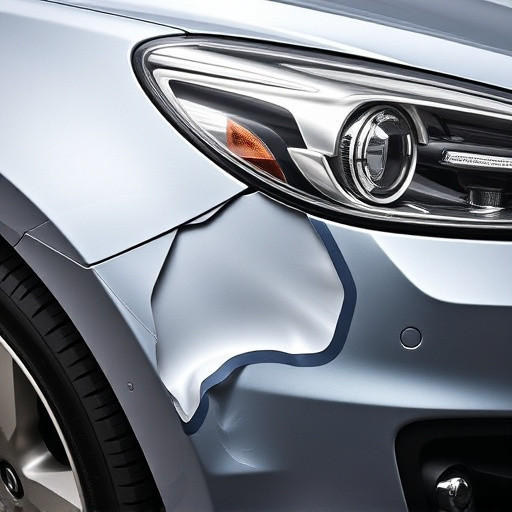
Early detection and swift replacement of damaged cowl panels are vital for vehicle safety and aesthe…….
In the ever-evolving landscape of automotive technology, cowl panel replacement has emerged as a pivotal process, playing a crucial role in vehicle maintenance, repair, and customization. This article aims to delve into the intricacies of cowl panel replacement, exploring its definition, global impact, economic implications, technological advancements, regulatory framework, challenges, successful case studies, and future prospects. By the end of this comprehensive guide, readers will have a profound understanding of this essential automotive procedure and its significance in the modern transportation industry.
Cowl panel replacement refers to the process of repairing or replacing the cowl panel, a structural component found at the front of a vehicle’s hood (or bonnet). The cowl panel acts as a bridge between the engine compartment and the passenger cabin, housing various components such as wiring harnesses, fuel lines, and sensors. It is typically made from lightweight yet durable materials like plastic, steel, or aluminum to ensure both structural integrity and aesthetic appeal.
The concept of cowl panel replacement has its roots in the early 20th century when automobiles were primarily built with open-topped designs. As vehicles evolved, becoming more enclosed and complex, the cowl panel emerged as a critical assembly that required meticulous care during manufacturing and maintenance. Over time, advancements in material science and engineering have led to lighter, more versatile cowl panels, enhancing vehicle performance and safety.
Cowl panel replacement is not merely a routine maintenance task but a vital process for several reasons:
The global impact of cowl panel replacement is vast, with significant variations across regions due to differing vehicle preferences, climate conditions, and regulatory standards.
The economic aspects of cowl panel replacement are multifaceted, influencing both the automotive industry and individual consumers.
Automotive manufacturers invest heavily in research and development (R&D) to create advanced cowl panels that meet safety, performance, and aesthetic standards. These investments drive innovation, leading to more efficient production processes and cost-effective replacements.
For individual consumers, cowl panel replacement can vary widely in cost depending on the vehicle make and model, the type of material used, and whether it’s a factory original or aftermarket part. On average, a typical cowl panel replacement can range from $500 to $2000, with premium materials and specialized designs commanding higher prices.
Technological innovations have played a pivotal role in enhancing the capabilities and efficiency of cowl panel replacement.
The automotive industry is subject to stringent regulations that significantly impact the way cowl panel replacements are performed and the products available in the market.
Despite the advancements and opportunities in cowl panel replacement, several challenges and criticisms persist, demanding attention from industry stakeholders.
Real-world applications of cowl panel replacement offer valuable insights into its effectiveness and impact.
Challenge: Tesla sought to enhance the safety and aesthetics of its flagship Model S sedan by introducing an advanced cowl panel design with improved structural integrity and a sleek, modern appearance.
Solution: Tesla collaborated with specialized manufacturers to develop a new cowl panel using lightweight composite materials. The process involved precision engineering to accommodate various sensors, cameras, and charging ports while maintaining the vehicle’s iconic design.
Outcome: The upgraded Model S cowl panel improved the car’s crash test ratings, enhanced its aerodynamic efficiency, and contributed to the overall premium image of the Tesla brand. This case highlights the importance of advanced materials and precision engineering in modern cowl panel replacements.
Challenge: To meet stricter fuel economy standards, Toyota needed to modify the cowl panel design on its popular Camry sedan, focusing on reducing drag and optimizing air flow.
Solution: Toyota engineers redesigned the cowl panel using computer-aided design software to achieve a more aerodynamic shape while ensuring structural integrity. The new panel incorporated advanced cooling systems for improved performance in hot climates.
Outcome: The revised cowl panel contributed significantly to the Camry’s enhanced fuel efficiency, making it a competitive choice in the midsize sedan segment. This case study demonstrates how cowl panel replacement can be instrumental in achieving environmental and economic goals.
The future of cowl panel replacement is filled with promising possibilities, driven by technological advancements, evolving consumer preferences, and regulatory developments.
Cowl panel replacement is a dynamic and multifaceted aspect of the automotive industry, reflecting its continuous evolution and adaptation to technological advancements, consumer preferences, and regulatory demands. From ensuring vehicle safety and performance to facilitating customization and sustainability, this process plays a critical role in shaping the future of motoring.
By addressing the challenges, leveraging emerging technologies, and embracing strategic considerations, the cowl panel replacement industry is poised for continued growth and innovation. As we look ahead, the future prospects for cowl panel replacements are promising, offering exciting opportunities for manufacturers, technicians, and consumers alike.
Q: How often should I replace my cowl panel?
A: The frequency of cowl panel replacement depends on various factors, including vehicle age, climate, driving conditions, and maintenance history. As a general guideline, it’s recommended to inspect your cowl panel annually for signs of damage or corrosion.
Q: Can I replace the cowl panel myself?
A: While some basic cowl panel replacements may be feasible for DIY enthusiasts, most complex jobs require the expertise of trained technicians due to the intricate nature of modern vehicle designs and safety considerations.
Q: What are the signs that my car needs a new cowl panel?
A: Common indicators include visible damage, rust spots, cracks, misalignment, unusual noise during driving, or issues with proper air flow or water intrusion into the cabin.
Q: Are there any eco-friendly alternatives to traditional cowl panels?
A: Yes, manufacturers are exploring sustainable materials like bio-based plastics, recycled metals, and composite materials made from natural fibers. These alternatives offer environmental benefits while maintaining performance and durability.
Q: How do I know if an aftermarket cowl panel replacement is safe?
A: Look for products that carry industry certifications, such as those from recognized testing agencies. Reputable manufacturers should also provide warranty coverage and technical support to ensure the safety and quality of their replacements.

Early detection and swift replacement of damaged cowl panels are vital for vehicle safety and aesthe…….
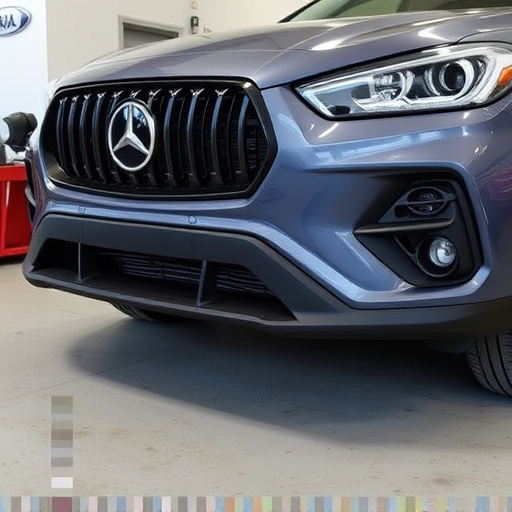
Cowl panel replacement is a critical auto body repair, demanding skill and preparation. Shops follow…….
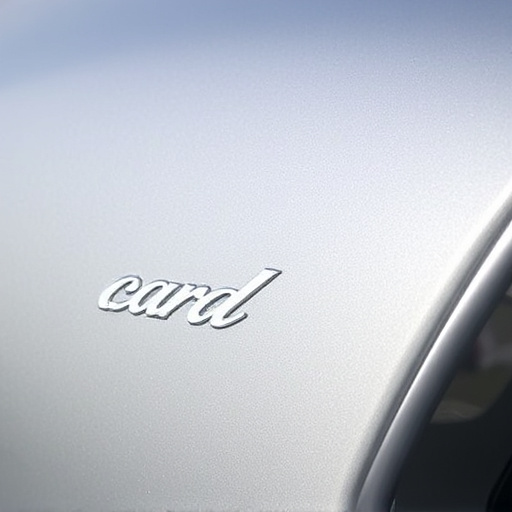
Cowl panel replacement is a key process for auto body shops, impacting efficiency and customer satis…….

Cowl panel damage, common in collisions, impacts both vehicle safety and aesthetics. Professional re…….

Cowl panel replacement is essential for vehicle safety and aesthetics due to its housing of critical…….
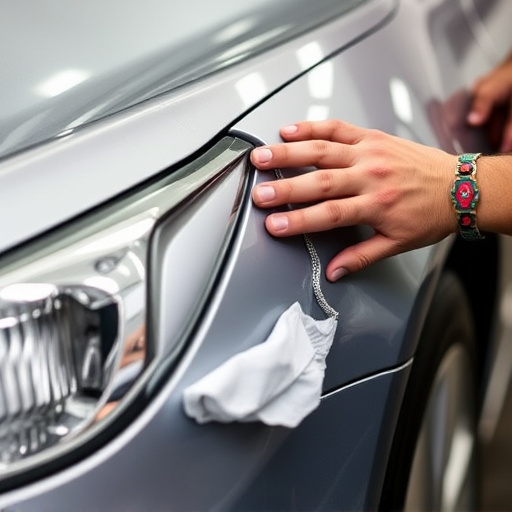
Cowl panel replacement is a specialized auto repair process crucial for engine compartment damage. E…….
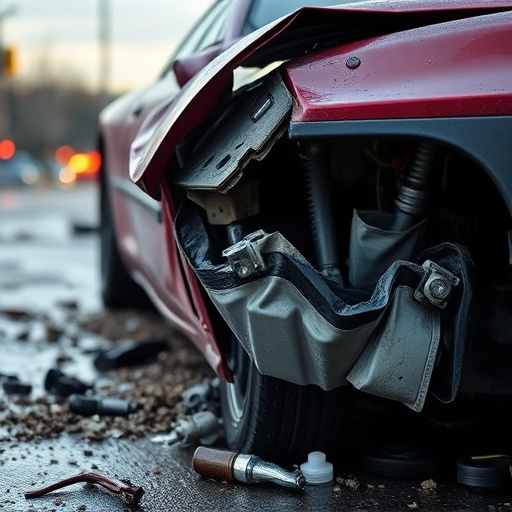
Cowl panel damage, caused by collisions, debris, or weather, requires specialized repair. The proces…….
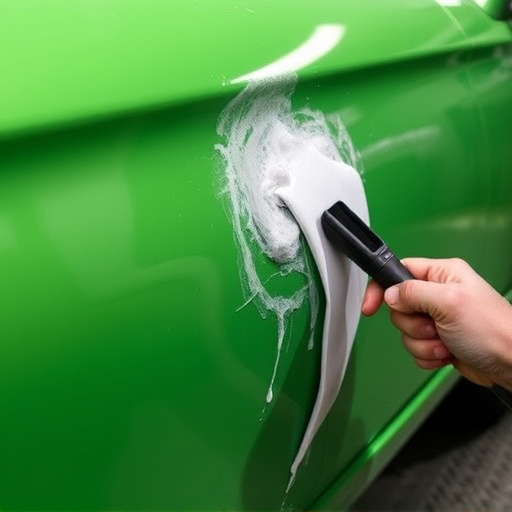
A damaged cowl panel can compromise vehicle safety and stability, necessitating prompt replacement……..
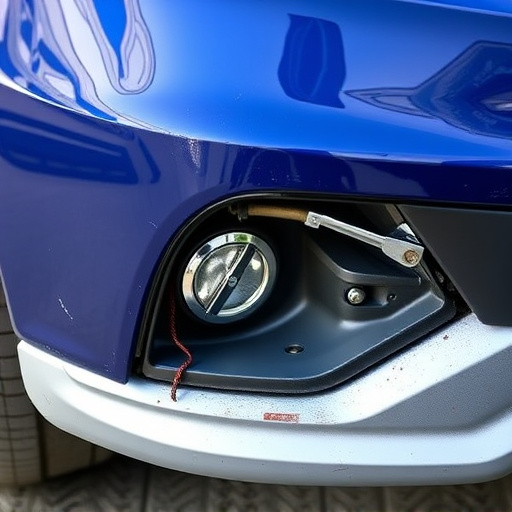
Cowl panel replacement is a skilled process involving damage assessment, careful disassembly and rep…….
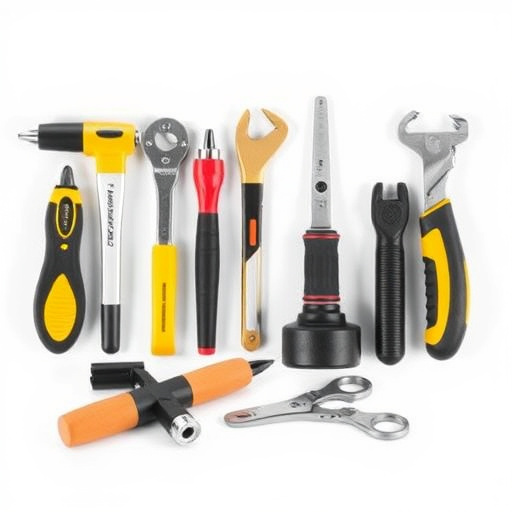
Cowl panels, crucial for car safety and aesthetics, require prompt repair of damage. Choosing the ri…….